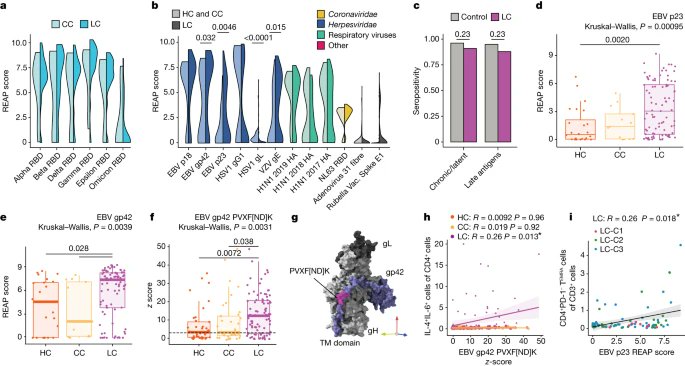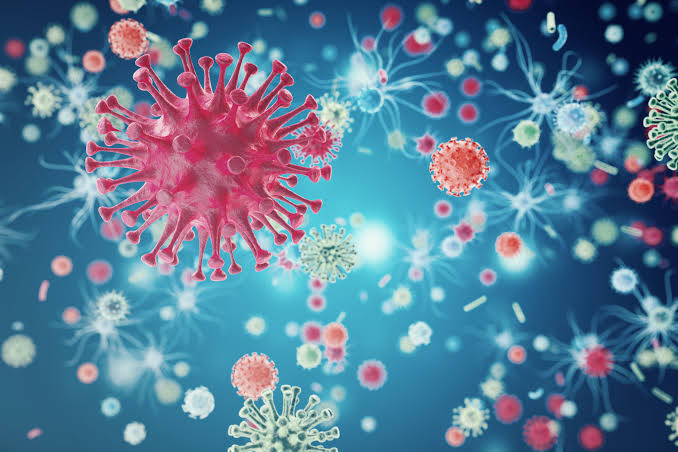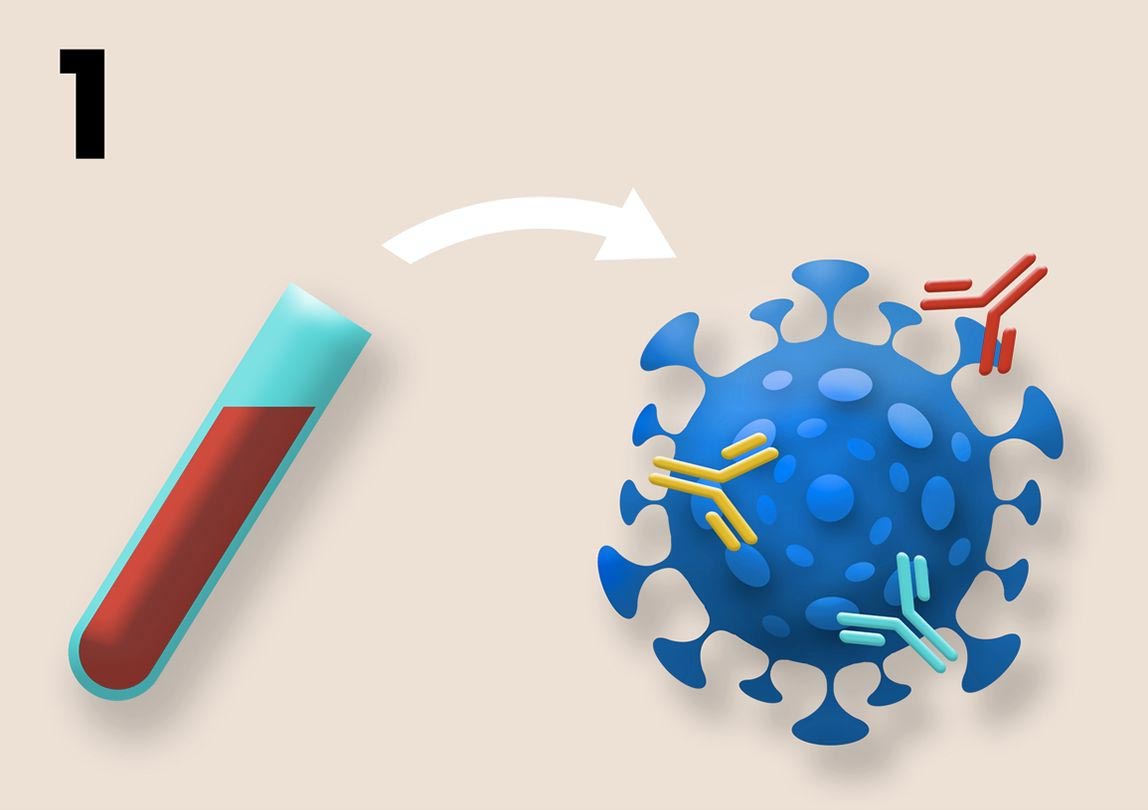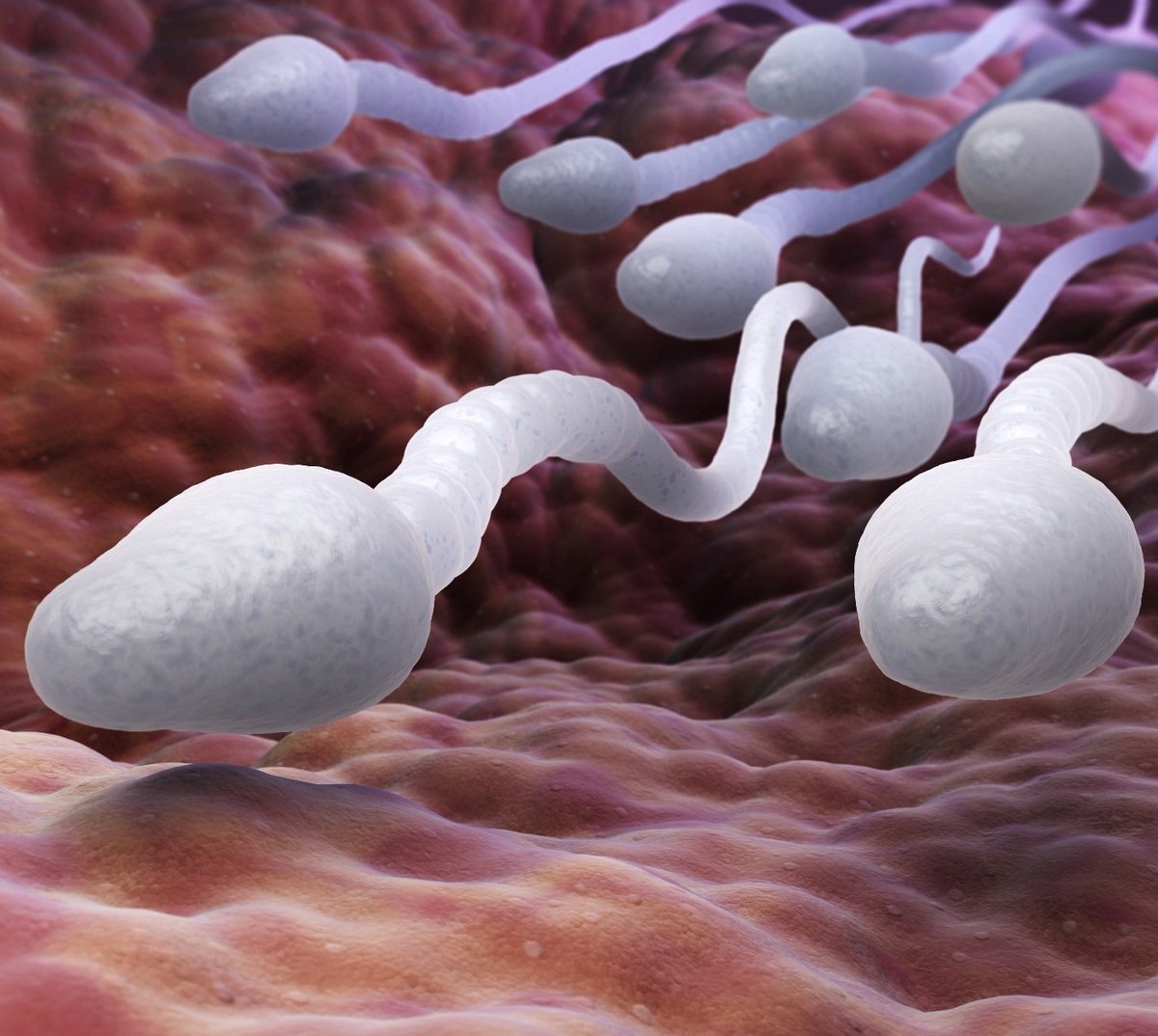KEY STUDY from @VirusesImmunity
DISTINGUISHING FEATURES of long COVID identified through IMMUNE PROFILING
Fig. 1: Demographic and clinical stratification of participants with LC. nature.com/articles/s4158…

DISTINGUISHING FEATURES of long COVID identified through IMMUNE PROFILING
Fig. 1: Demographic and clinical stratification of participants with LC. nature.com/articles/s4158…

2) Fig. 2: Exaggerated SARS-CoV-2-specific humoral responses and altered circulating immune mediators among participants with LC. 

3) Fig. 3: Participants with LC showed limited but selective autoantibodies against the human exoproteome. 

6) DISCUSSION
"Immune phenotyping of PBMC populations revealed that participants with LC had notably higher levels of circulating non-conventional monocytes associated with various chronic inflammatory and autoimmune conditions.
"Immune phenotyping of PBMC populations revealed that participants with LC had notably higher levels of circulating non-conventional monocytes associated with various chronic inflammatory and autoimmune conditions.
7) Moreover, the number of CD4+ T central memory cells was significantly reduced and the absolute number of exhausted CD4+ T cells was increased."
"We also showed that individuals with LC have elevated antibody responses against non-SARS-CoV-2 viral antigens ...
"We also showed that individuals with LC have elevated antibody responses against non-SARS-CoV-2 viral antigens ...
8) ... particularly EBV antigens. EBV viraemia occurs during acute COVID-19 in hospitalized patients and predicts development of persistent symptoms in the post-acute period"
Thanks for reading 🙏
Thanks for reading 🙏
• • •
Missing some Tweet in this thread? You can try to
force a refresh



















